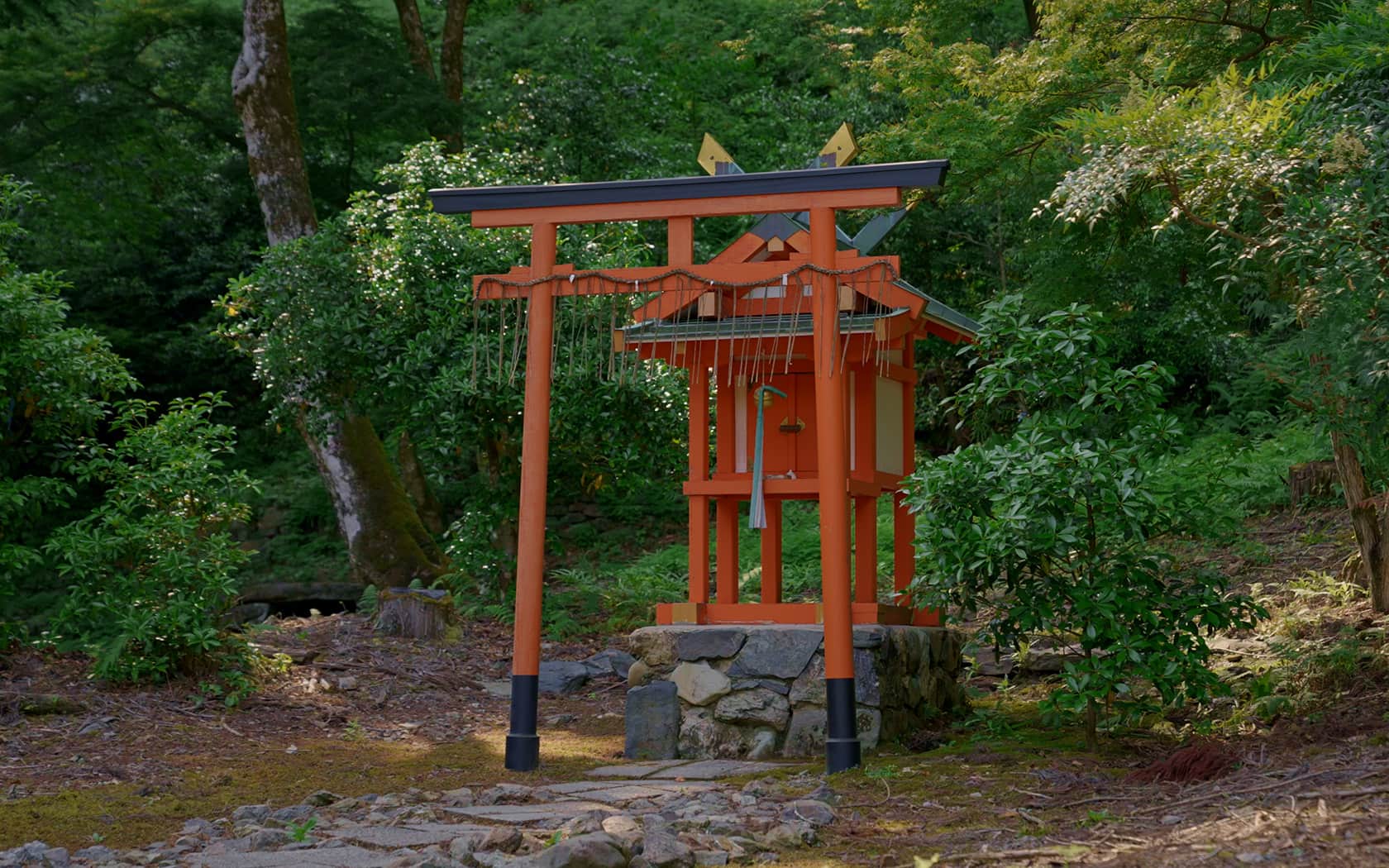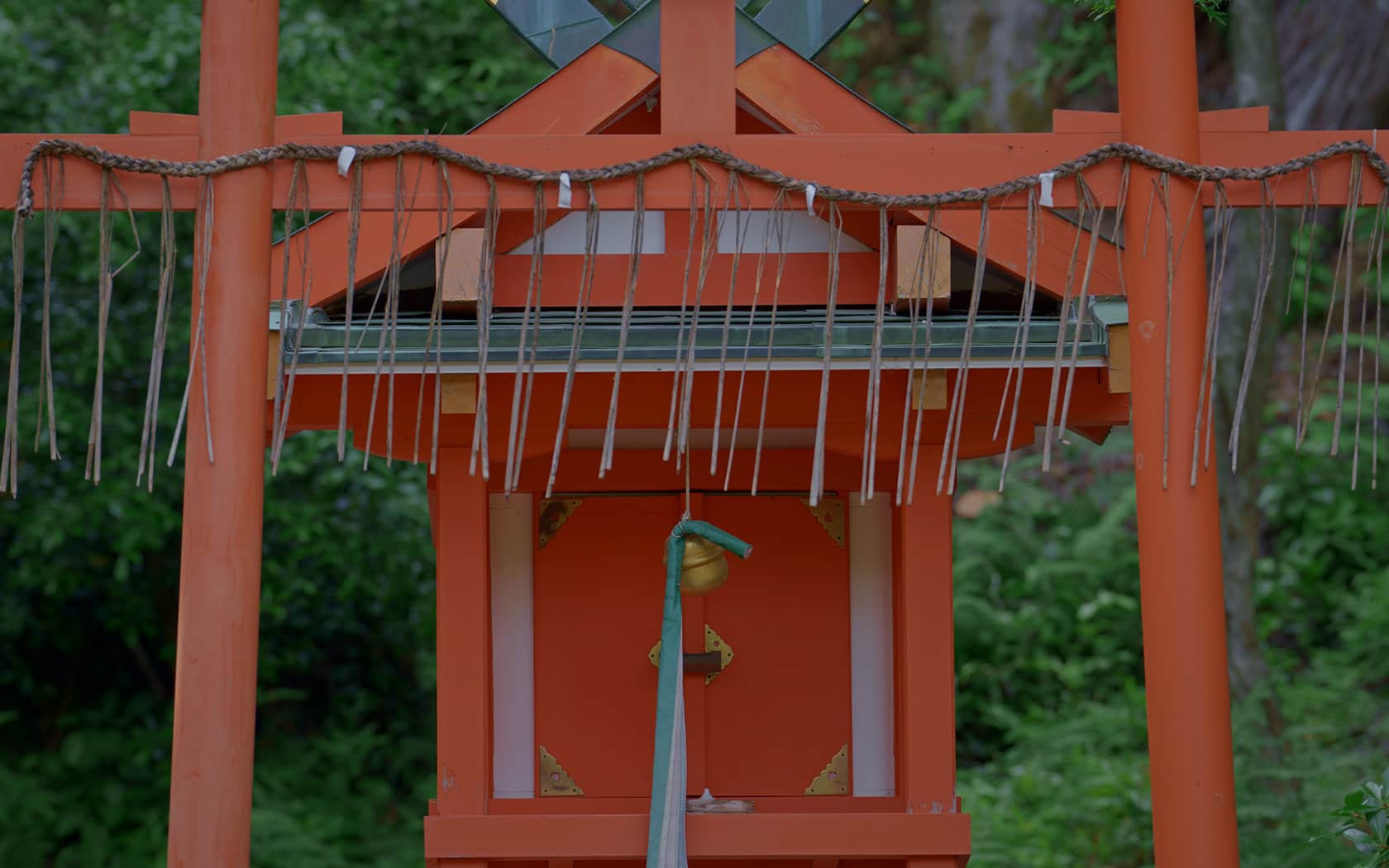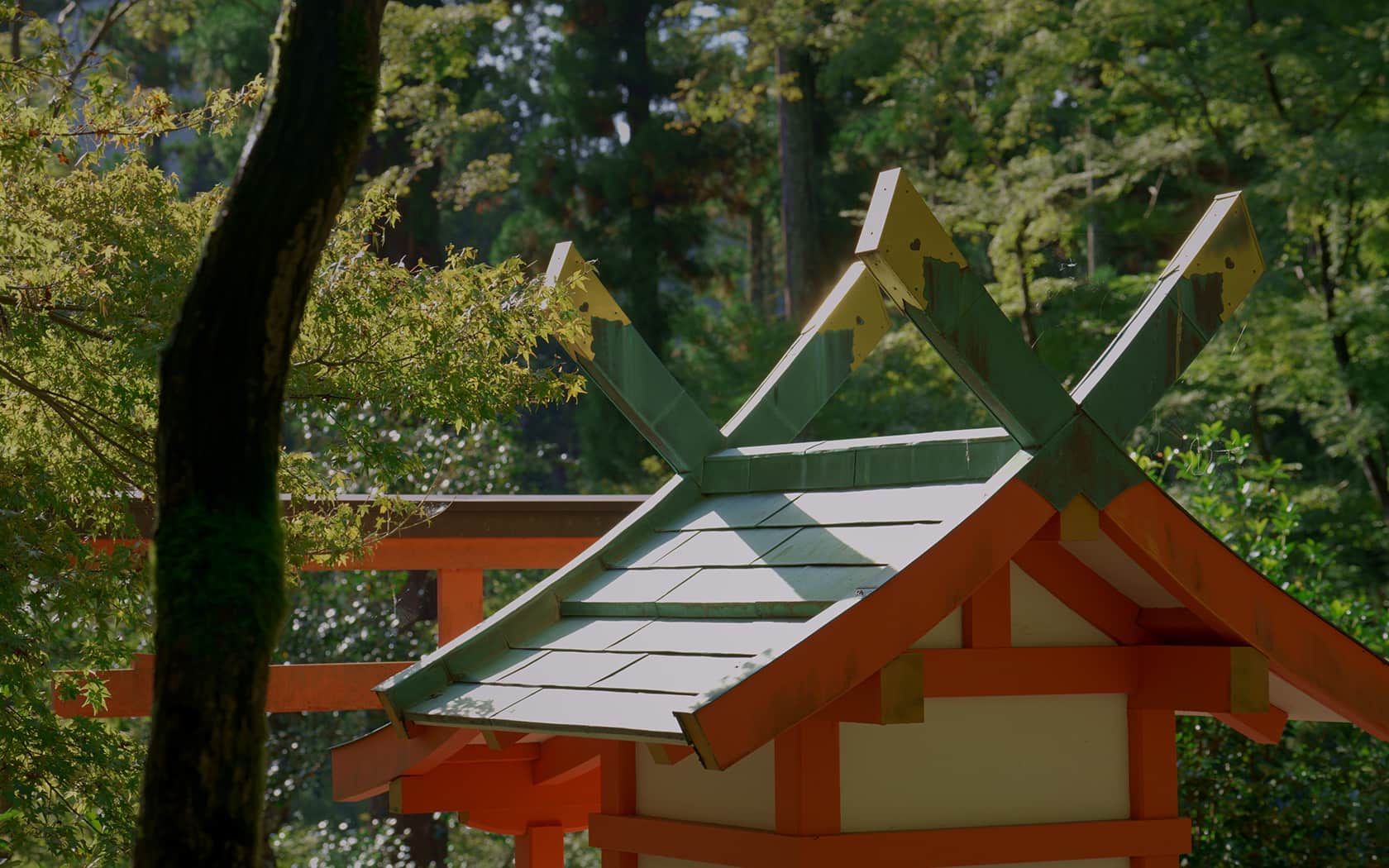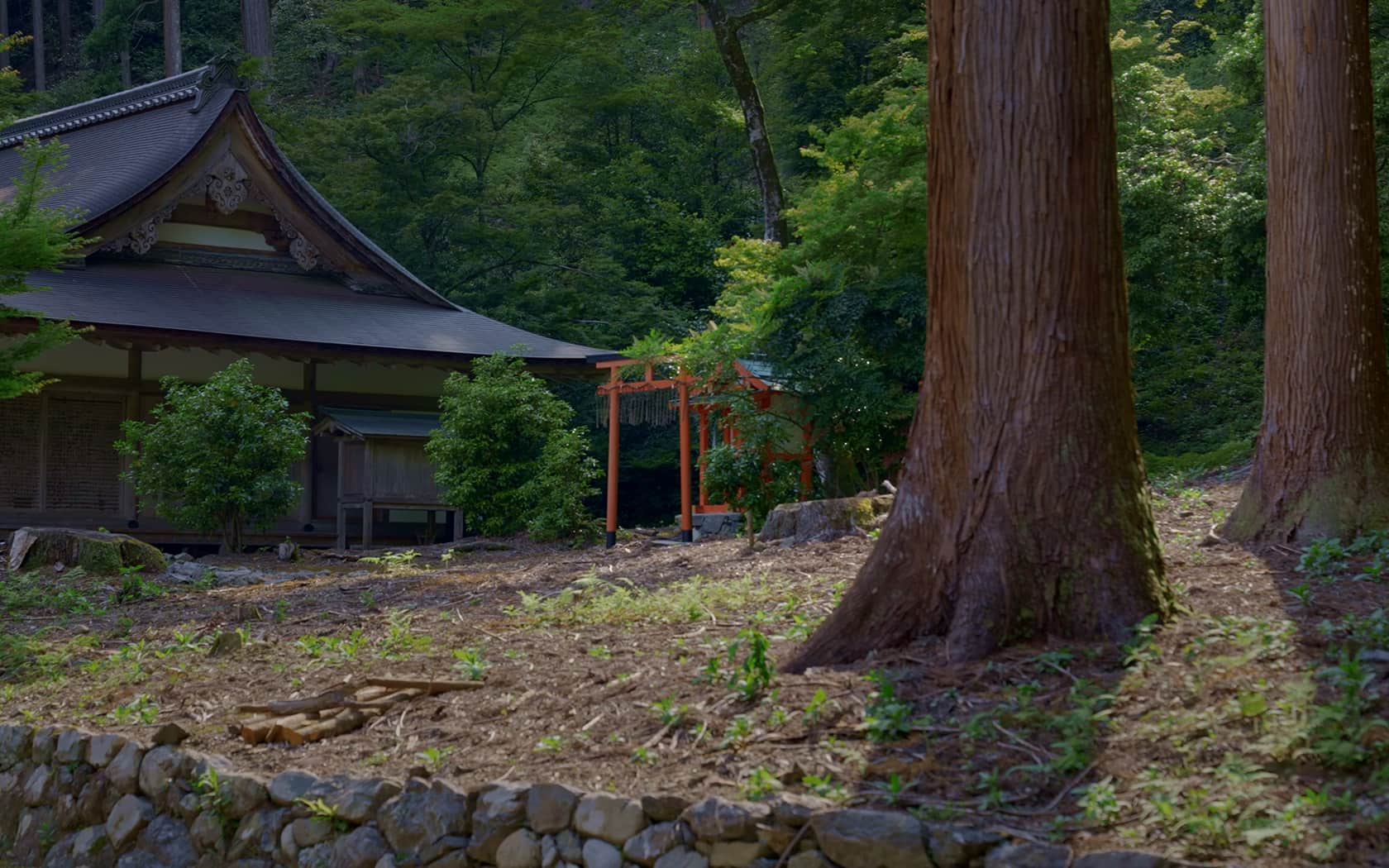Kosanji Temple’s Kasuga Myojin Shrine is dedicated to Kasuga Daimyojin, the collective name for the four Shinto deities enshrined at Kasuga Taisha Shrine in Nara, an ancient capital of Japan. A shrine in the grounds of a Buddhist temple may seem unusual today, but it reflects the religious beliefs of Kosanji’s founder Myoe (1173–1232).
Kasuga Taisha Shrine
Founded in 768 and located in Nara City, it is one of the World Heritage Sites under the "Historic Monuments of Ancient Nara." Established during the Nara period to protect Heijo-kyo and pray for the prosperity of the nation.
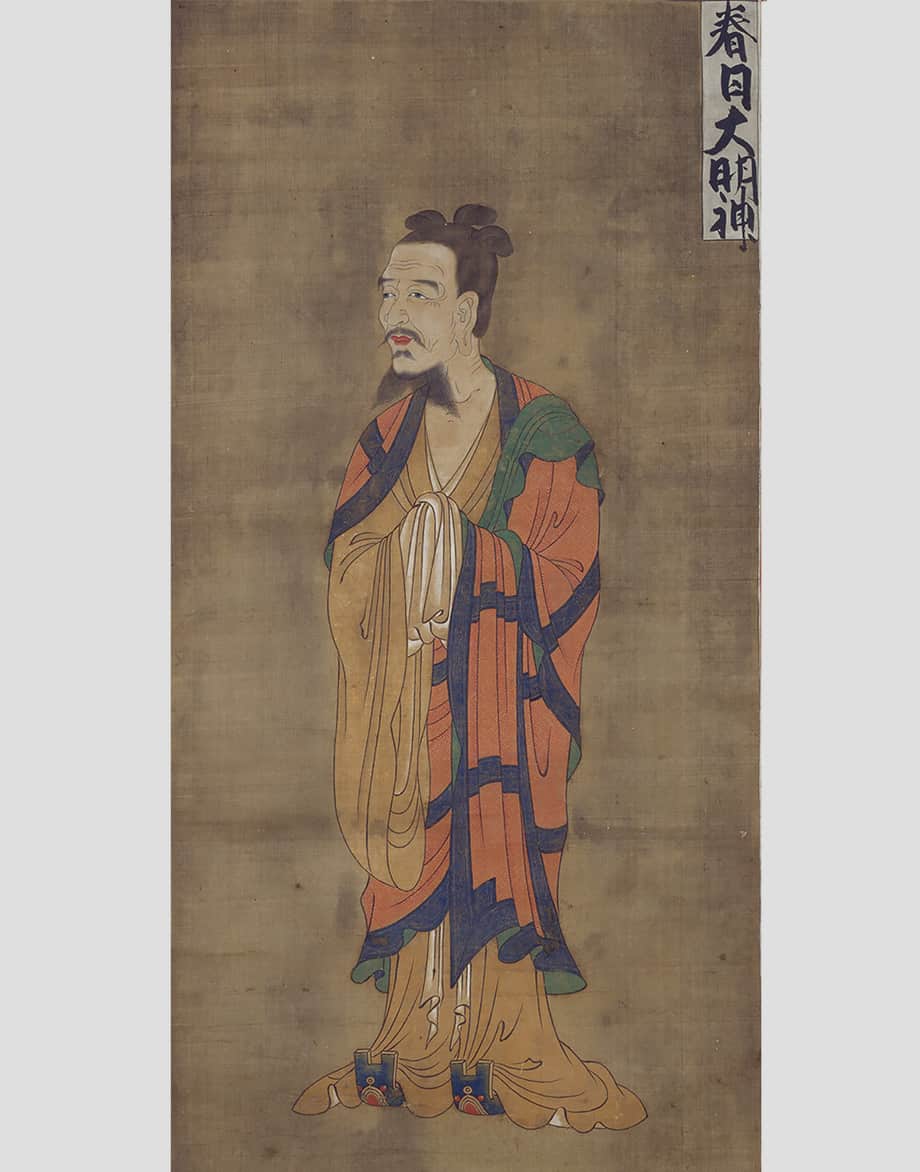
Kasuga Myojin
The collective name for the deities enshrined at Kasuga Taisha Shrine.
Myoe combined teachings from the Kegon and esoteric Shingon schools of Buddhism, and followed ideas of his time identifying native Shinto deities with Buddhist deities. He loved Kasuga Taisha Shrine and visited frequently. His reverence for Kasuga Daimyojin was said to be so strong that he even heeded the deity’s advice not to make a pilgrimage to India, something he had long hoped to do.
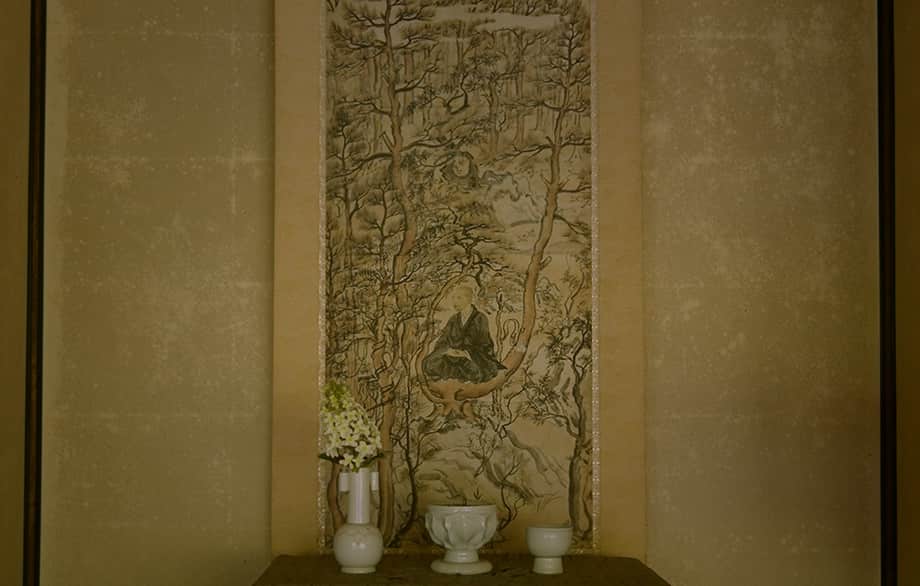
Myoe
Born in 1173 in present-day Yuasa, Aridagawa Town, Wakayama Prefecture, Myoe was a Buddhist monk known for rejuvenating the Huayan sect of Buddhism. After becoming a priest under Mongaku at Jingoji Temple, he studied Kegon Buddhism at Todaiji Temple and received the secret teachings from Konen at Kajuji Temple. He was awarded the land of Togano by Retired Emperor Gotoba in 1206 and built Kosanji Temple as the center of the Huayan sect. He died in 1232.
A fusion of religious customs was once widespread in Japan, and many Buddhist temples were associated with Shinto shrines. Similarly, many Shinto deities were interpreted as manifestations of Buddhist deities. In fact, Kosanji Temple’s Sekisuiin once enshrined the Shinto deities Kasuga Daimyojin and Sumiyoshi Myojin.
Syncretic practices continued in Japan until new laws separated the two religions at the beginning of the Meiji era (1868–1912). These regulations were introduced following the restoration of rule to the emperor.
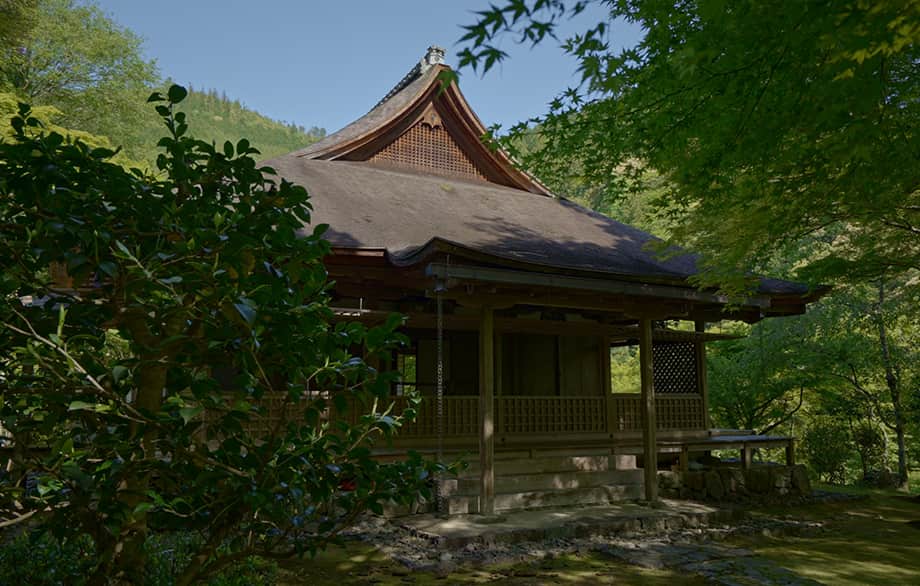
Sekisuiin
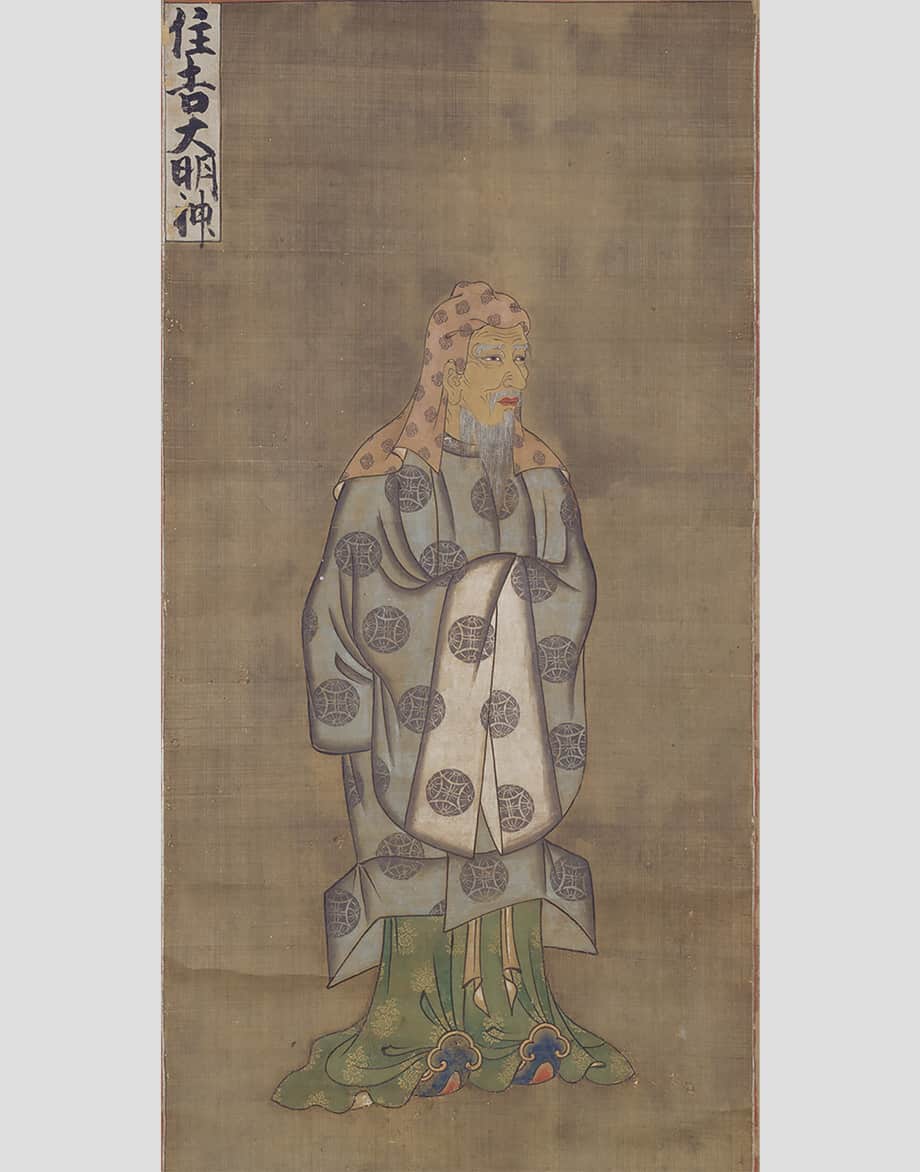
Sumiyoshi Myojin
The deity enshrined at Sumiyoshi Taisha Shrine in Osaka City.


